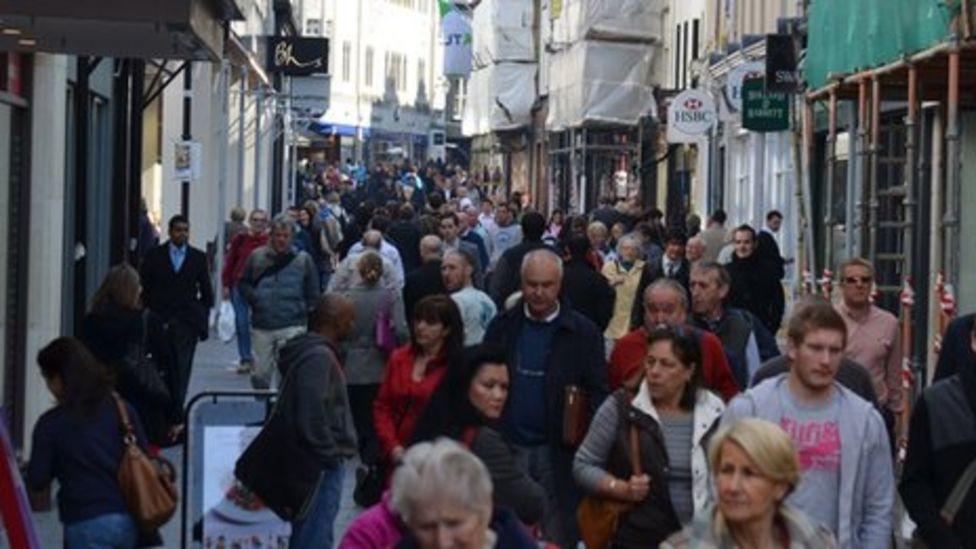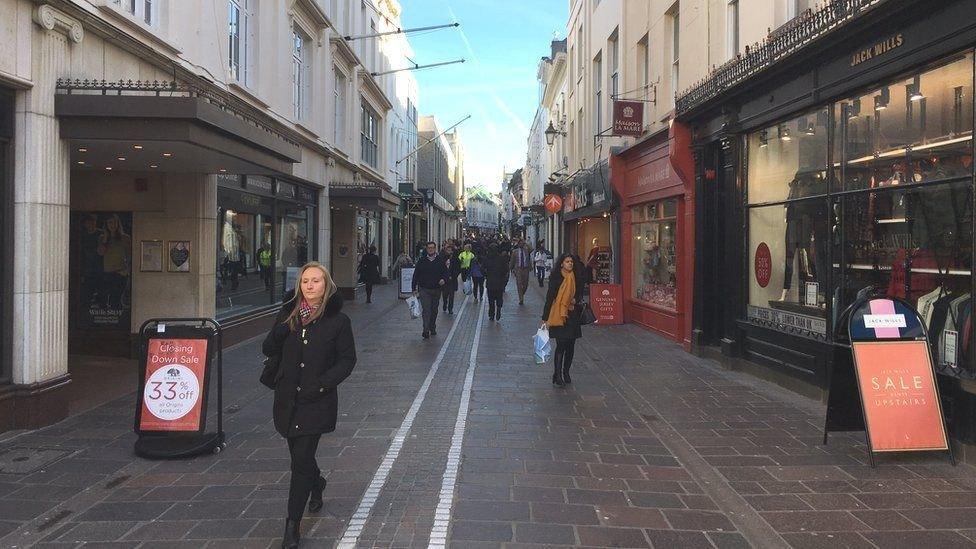Jersey's population stopped rising after 2018

More working age people left the island compared to those moving to Jersey after 2018
At a glance
Jersey population has remained steady since 2018
The population was 103,300 in 2018 and 103,100 in 2021
More islanders are dependent on the working population in 2021 compared those in 2011
- Published
Jersey's population stopped rising in the aftermath of Brexit and Covid, according to new data analysis.
Statistics Jersey looked closely into data from sources other than the 2021 census to give a more detailed picture of who was living in the island.
The census found there had been an overall increase of more than 5,000 people in the last decade.
The population increased from 97,900 at the end of 2011 to 103,000 at the end of 2021.
New analysis from Statistics Jersey said there was "very little change in the population size" between 2018 and 2021, with the population being 103,300 in 2018 and 103,100 in 2021.
It also found more people with 'entitled to work' status left Jersey compared to those entering, with an average outward net migration of 580 people per year.
An average of 460 people with registered status moved to the island during the 2017 to 2021 period.
Statistics Jersey also found Jersey's population was getting older, with an increasing number of people needing to claim a pension compared to the number of people working to fund them.
It found islanders over the age of 64 increased from 14,900 at the end of 2011 to 19,200 in 2021.
Those dependent on the working population, which includes children under 15 and older people aged 65 and above, increased from 46.8% in 2011 to 52.5% in 2021.
Follow BBC Jersey on Twitter, external and Facebook, external. Send your story ideas to channel.islands@bbc.co.uk, external.
- Published12 June 2023

- Published13 April 2022

- Published9 February 2022
